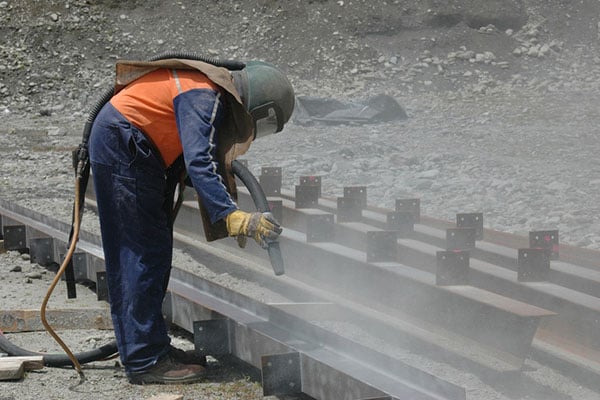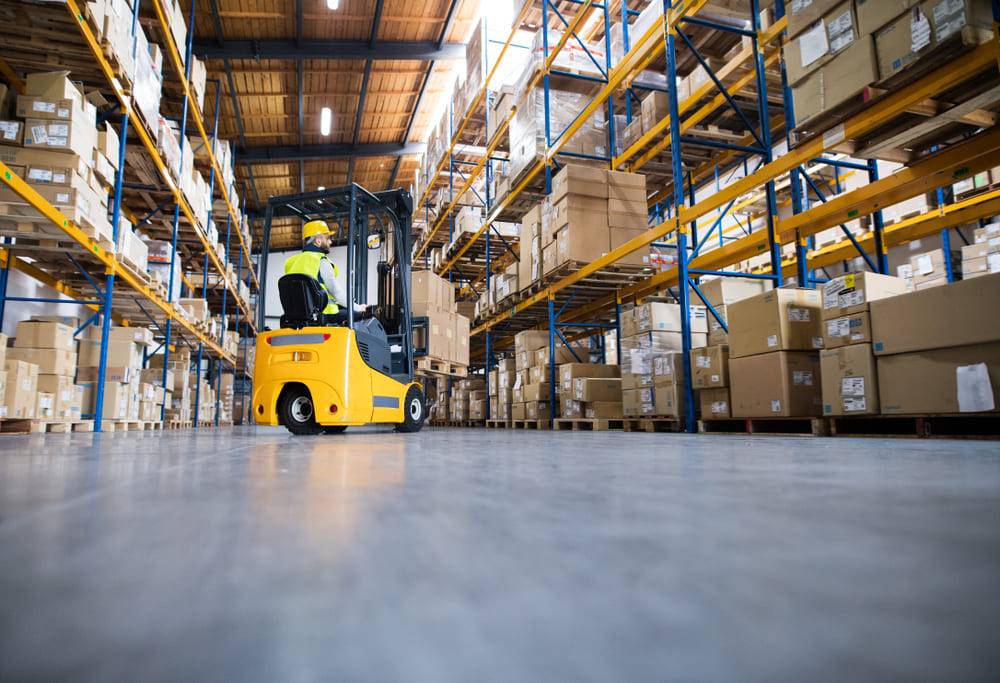Dust pollution is a prevalent issue in industrial operations, ranging from manufacturing to mining and construction. This form of pollution, often overlooked, poses significant risks to human health, workplace safety, and the environment. As industries continue to grow and evolve, the urgency of addressing dust pollution is becoming more apparent, requiring proactive BossTek dust control measures and sustainable solutions.
The health hazards of industrial dust pollution
One of the most pressing concerns associated with dust pollution is its impact on human health. Fine particulate matter released during industrial processes can be inhaled into the lungs, leading to respiratory problems, cardiovascular diseases, and long-term conditions such as silicosis or chronic obstructive pulmonary disease (COPD). Workers exposed to high dust levels are at the greatest risk, but nearby communities are also vulnerable. Dust particles can travel significant distances, infiltrating homes and public spaces. This widespread exposure can aggravate pre-existing health conditions and increase the burden on healthcare systems. Addressing dust pollution is not only a matter of workplace safety but also a public health imperative.
Technological innovations in dust control
Advancements in technology have made it easier for industries to tackle dust pollution effectively. Modern dust suppression systems, such as water misting, foam-based solutions, and air filtration units, are designed to capture or neutralize dust particles at the source. Additionally, real-time air quality monitoring tools enable industries to measure dust levels continuously and respond quickly to any exceedances. These innovations not only help businesses meet regulatory requirements but also demonstrate a commitment to creating a safer and cleaner working environment. By adopting the latest dust control technologies, industries can significantly reduce their environmental impact while improving operational efficiency.
Regulatory pressure and compliance challenges

Governments and regulatory bodies worldwide have recognized the dangers of dust pollution and introduced strict standards to minimize its impact. These regulations often mandate the implementation of dust suppression technologies, regular air quality monitoring, and compliance reporting. Failure to adhere to these standards can result in hefty fines, legal action, and reputational damage for industrial operators. Moreover, as awareness of environmental and social responsibility grows, businesses that fail to address dust pollution risk losing the trust of stakeholders and customers. Compliance is no longer optional; it is necessary for operational success and long-term sustainability.
The economic benefits of dust pollution management
Investing in dust pollution control offers substantial economic advantages. Preventing health issues among workers reduces absenteeism and healthcare costs, leading to a more productive workforce. Additionally, avoiding fines and legal disputes associated with non-compliance saves money and protects an organization’s bottom line. Dust control measures can also enhance equipment lifespan and reduce maintenance costs. Dust accumulation on machinery can lead to wear and tear, decreasing efficiency and increasing the likelihood of breakdowns. By keeping industrial environments clean, businesses can achieve more reliability and cost savings in the long run.
Dust pollution in industrial operations is a multifaceted challenge that demands urgent attention. Addressing it is essential to protecting worker health, safeguarding the environment, and ensuring regulatory compliance. Taking proactive steps to manage dust pollution ensures safer, cleaner, and more sustainable industrial practices tomorrow.

